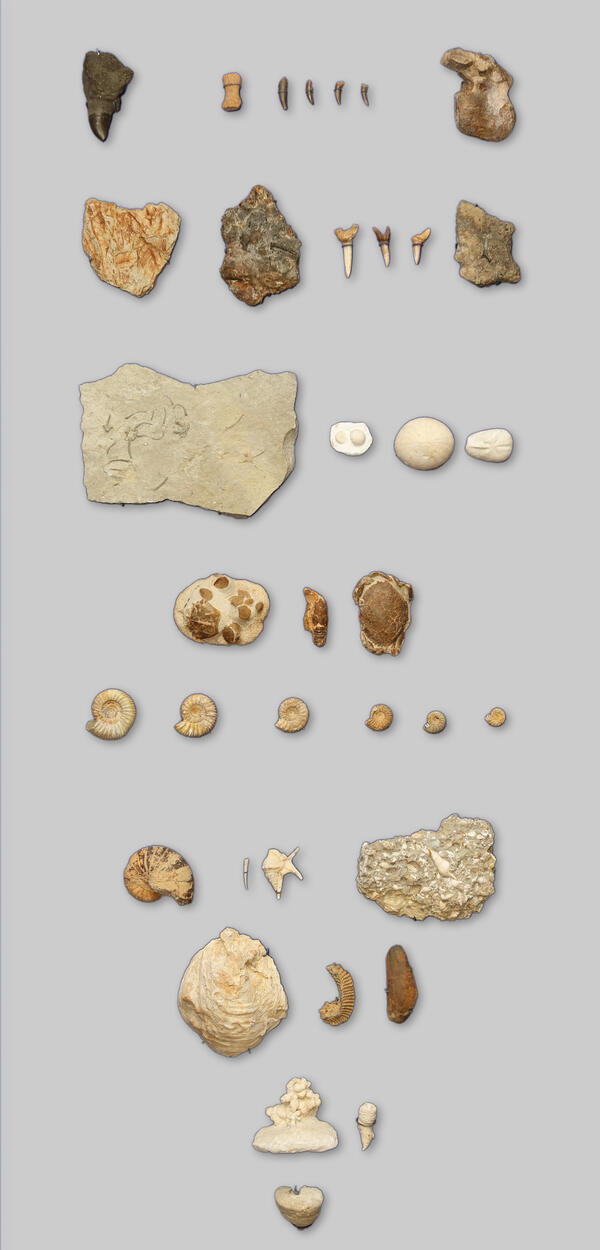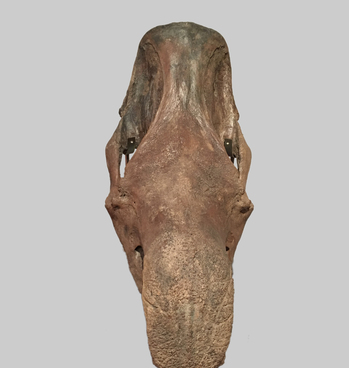Life on Earth appeared about 3.5 billion years ago. The first living organisms were bacteria and archaea. These microscopic creatures, which consisted of a single cell without a nucleus, were the only inhabitants on the planet for over a billion years. During this time, many species with different abilities sprang up. While they remained anucleate, unicellular bacteria and archaea made several ‘discoveries’ that completely changed our world.
For example, cyanobacteria, which also constitute blue-green algae, ‘invented’ oxygen photosynthesis. The atmosphere of the Earth began to become filled with oxygen, and the conditions for higher forms of life to emerge developed on it. Archaea ‘learned’ to hold atmospheric nitrogen in place, which was necessary specifically to build DNA. These unicellular organisms were able to speed up chemical processes, and help concentrate metal ions. Recent studies have shown that they played an important role in the formation of tremendous deposits of iron, gold, manganese ores, and much more.
And about 1.6 - 2.1 billion years ago, eukaryotic, or nucleate, cells evolved from bacteria or archaea. The very cells that make up eukaryotes are in absolutely all living things from ciliate-shoes to humans, except for bacteria and archaea themselves.
The presumed ancestor for all eukaryotes was described in 2015. That turned out to be Lokiarchaeota, or the Loki archaea. Loki had the ability to absorb bacteria and turn them into ‘cohabitants’, or symbionts. Today, most living things that inhabit the planet are in fact complex symbiotic systems. And people are no exception: according to available studies, bacteria and archaea are present in the body of adult humans, and their total weight can reach 1 kilogram.
About 542 million years ago, the so-called Cambrian explosion occurred on Earth, when, as if from nowhere, many new types of animals with a solid external skeleton appeared: echinoderms, mollusks, arthropods, and chordates. The fossilized remains and imprints from these animals became the basis of the ‘stone chronicles’. Fragments from its pages tell us about ancient life on the territory of Yugra, and can be seen at the ‘Primeval Times’ exhibition.
For example, cyanobacteria, which also constitute blue-green algae, ‘invented’ oxygen photosynthesis. The atmosphere of the Earth began to become filled with oxygen, and the conditions for higher forms of life to emerge developed on it. Archaea ‘learned’ to hold atmospheric nitrogen in place, which was necessary specifically to build DNA. These unicellular organisms were able to speed up chemical processes, and help concentrate metal ions. Recent studies have shown that they played an important role in the formation of tremendous deposits of iron, gold, manganese ores, and much more.
And about 1.6 - 2.1 billion years ago, eukaryotic, or nucleate, cells evolved from bacteria or archaea. The very cells that make up eukaryotes are in absolutely all living things from ciliate-shoes to humans, except for bacteria and archaea themselves.
The presumed ancestor for all eukaryotes was described in 2015. That turned out to be Lokiarchaeota, or the Loki archaea. Loki had the ability to absorb bacteria and turn them into ‘cohabitants’, or symbionts. Today, most living things that inhabit the planet are in fact complex symbiotic systems. And people are no exception: according to available studies, bacteria and archaea are present in the body of adult humans, and their total weight can reach 1 kilogram.
About 542 million years ago, the so-called Cambrian explosion occurred on Earth, when, as if from nowhere, many new types of animals with a solid external skeleton appeared: echinoderms, mollusks, arthropods, and chordates. The fossilized remains and imprints from these animals became the basis of the ‘stone chronicles’. Fragments from its pages tell us about ancient life on the territory of Yugra, and can be seen at the ‘Primeval Times’ exhibition.



